Introduction of Nationally Determined Contributions (NDCs)
In order to tackle climate change, all member parties that have ratified the Paris Agreement are required to submit their Nationally Determined Contributions (NDCs) to the UNFCCC secretariat, outlining and communicating their national climate goals and actions. These NDCs can include information on mitigation, adaptation, finance, technology transfer, capacity building, and transparency.
NDCs of all parties together could determine whether the world achieves the long-term climate goals of the Paris Agreement. The cycle of NDC submissions is 5 years. The first round of NDCs submissions started in 2015 as INDCs (Intended NDCs automatically become NDCs after parties ratify the Paris Agreement entered into force in 2016). New or updated NDCs are to be submitted in 2020/2021 and every five years thereafter to enhance the climate ambition progressively.
In this article, firstly several BRI countries’ NDCs ratings are illustrated. Since BRI countries in total have large emissions and projected emission growth, it is crucial that their NDCs are enhanced and implemented. Next, the submission status and various components of BRI countries’ NDCs such as GHG target and GHG gases coverage are analysed to see where exactly BRI countries could enhance their NDCs. In the last part of the article, the barriers to the enhancement of NDCs are pointed out, correspondingly, recommendations for China and developed countries are given to help BRI countries overcome these barriers and enhance their NDCs.
BRI Countries’ NDCs: Insufficient for Reaching Climate Goal
BRI Countries’ Emissions and Growth Projection
Figure 1: CO2 emissions of BRI countries in 2019
As of January 2021, 133-140 countries have joined the Belt and Road Initiative (BRI), accounting for around 35% of global GHG emissions (excluding GHG emissions from China). As shown in figure 1 above, the biggest emitter within BRI countries ex China in 2019 was Russia with around 1,678Mt CO2, accounting for around 4% of the global emissions, followed by Iran, Indonesia and South Korea within the range of 600-1000Mt CO2 in 2019.
Given the large proportion of BRI countries’ emissions in global total emissions and its high projected historical emission growth, it is crucial that BRI countries set ambitious climate goals in their NDCs to avoid dangerous levels of global warming in the future. Current models predict (see Figure 2) that current growth patterns across the BRI countries would lead to nearly 3 degrees of warming even if the rest of the world takes 2-degree compliant action.
Figure 2: Inaction in the full set of 126 BRI countries could lead to nearly a 3 degree increase in global temperature
Accordingly, the NDCs play an important role to set the direction of these countries to reduce emissions and accordingly attract investments. However, at this time, according to Climate Action Tracker’s rating, 29 out of 35 rated BRI countries’ NDCs are not in line with Paris Agreement goal of limiting the world’s temperature increase to well below 2° C and further below 1.5 °C. Instead, they point to a global temperature increase of 3-4 °C and beyond.
Rating of BRI countries’ NDCs
- 1.5°C Paris Agreement Compatible (<1.5°C World): Gambia, Morocco.
- 2°C Compatible (<2°C World): Costa Rica, Ethiopia, Kenya, Philippines. Take Kenya for example: Kenya’s NDC is rated by Climate Action Tracker as “2°C compatible.” The government has a target of being powered entirely by green energy by 2020, up to now, it has 85% of installed capacity being renewables. The historic emissions and emissions prediction based on current policies are shown in the graph below in figure 3.
- Insufficient (<3 °C world): Austria, Bulgaria, Chile, Cyprus, Czech Republic, Estonia, Greece, Hungary, Italy, Kazakhstan, Lithuania, Luxembourg, New Zealand, Peru, Poland, Portugal, Romania, Slovenia, Slovakia. Take Kazakhstan for example: Kazakhstan’s NDC is rated consistent with warming between 2°C and 3°C, it contains an unconditional target to reduce greenhouse gas (GHG) emissions by 15% below 1990 levels by 2030, including emissions from LULUCF. However, Kazakhstan’s currently implemented policies such as are far from sufficient to meet its NDC targets.
- Highly Insufficient (<4°C World): Indonesia, Singapore, South Africa, South Korea, United Arab Emirates. Take Indonesia for example: In the government’s National Recovery Program, Indonesia plans to install about 27 GW of coal-fired electricity by 2028, resulting in an upwards trajectory of emissions. As is shown in the graph below, Indonesia is very likely to achieve its NDC target with its current policies, however, its NDC target is not in line with 2°C climate goal.
- Critically Insufficient (4°C+ World): Russia, Saudi Arabia, Turkey, Ukraine, Vietnam. Take Vietnam for example, its 2030 climate commitment is consistent with a warming of over 4°C: Viet Nam has recently developed positive renewable energy policies, yet the coal pipeline is still expansive. Overall, Carbon intensive plans outweigh renewable energy ones. As shown in the graph below, the NDC target Vietnam updated in 2020 resulted in a slightly lower emissions level that is still well above the current policy projection, not driving more ambitious action.
Figure 3: NDCs ratings and emissions projections using the examples of Kenya, Kazakhstan, Indonesia and Vietnam
The rating gives a first glimpse on the challenge of BRI countries’ NDCs to reach climate goal. In order to understand where and how BRI countries could improve their NDCs, detailed NDCs components are analyzed in the following part of the article.
Enhancing Points for BRI Countries’ NDCs
BRI Countries’ NDCs Submission Status
The NDCs submission status of BRI countries is shown in Figure 4 below:as
- 135 BRI countries have submitted their first NDCs, within which 76 countries have only submitted first NDCs; 53 BRI countries have submitted their updated first NDCs; 6 countries such as Nepal, United Arab Emirated and Suriname have submitted their second NDCs.
- 4 countries: Turkey, Iran, Iraq and Yemen, only have INDCs which are not transferred into NDCs.
- 1 country: Libya does not have document.
For these BRI countries that have only submitted their first NDCs, it is important that they update an enhanced NDC by the end of 2021 to reflect a more ambitious climate target.
Figure 4: BRI countries’ NDCs submissions
BRI countries’ NDCs differ in many ways due to their numerous components, which include for example mitigation contribution types, GHG targets, GHG gases coverage sectors and sectors covered for mitigation.
Mitigation Contribution Types
Within mitigation contributions in NDCs, there are overall 2 categories: Target and Actions. Target is usually divided into GHG target and non-GHG target, while Actions often take the form of policies. The details of the NDCs’ mitigation contribution categories are shown in figure 5 below.
Figure 5: Types of mitigation contributions in NDCs

As is shown in the graph below: 105 countries (75% of total BRI countries) have only GHG target in their NDCs, 13 BRI countries (9%) have both GHG and Non-GHG target, and 15 countries (11%) do not have target in their NDCs such as Myanmar and Egypt, instead they have action-based mitigation measures such as policies and programs to address climate change.
Figure 6: Types of mitigation contributions in BRI countries’ NDCs
Countries who only have GHG target could expand their mitigation contribution types to include Non-GHG target and actions in their NDCs.
GHG Targets
For these BRI countries that have GHG targets in their NDCs, their targets differ in terms of the setting methodologies shown in figure 7 below. In general, GHG targets can be divided into absolute targets and relative targets.
Absolute targets include:
- Base year target: Reductions from a base year level of emissions. 31% of all BRI countries set this kind of target in their NDCs. For example: Russia announced its goal of reduction in greenhouse gas emissions by 2030 to 70 percent relative to the 1990 level.
- Fixed level target set by 2% of all BRI countries in their NDCs. For example: Peru committed to limit its GHG emissions to a maximum level of 208.8 MtCO2e (unconditional) and 179.0 MtCO2e (conditional) in 2030.
- Trajectory target: Achievement of an emissions trajectory or range. 3 countries (2% of all BRI countries) set this type of target. For example: South Africa pledged to keep its emissions by 2025 and 2030 in a range between 398 and 614 Mt CO2.
Relative targets include:
- Baseline scenario target: Reductions relative to a business as usual (BAU) scenario. 43% of all BRI countries set this type of GHG target. For example: Pakistan committed to reduce up to 20% of its 2030 projected GHG emissions subject to availability of international grants.
- Intensity target set by 4 countries (3% of all BRI countries). For example: Tunisia proposed reducing its greenhouse gas emissions across all sectors in order to lower its carbon intensity by 41 percent in 2030, relative to the base year 2010.
Figure 7: Types of GHG target in BRI countries’ NDCs
It is hard to compare countries’ GHG targets if they use different methodologies. However, Bloomberg made a graph to compare G20 countries’ GHG targets and ranked their ambitious levels.
As is shown in figure 8 below, EU countries are ranked 2nd for its absolute GHG target; Indonesia is ranked 10th for its BAU relative GHG target; Russia is ranked 10th for its absolute base year GHG target; South Africa is ranked 11th for its absolute trajectory GHG target; South Korea is ranked 8th for its absolute base year GHG target; Turkey is ranked 17th for its BAU relative GHG target.
In general, most developing countries in the BRI have less ambitious GHG targets and need to enhance their ambition to contribute more to global emissions cut.
Figure 8: ranking of GHG targets in G20 countries’ NDCs
GHG Gases Coverage
Under the Kyoto Protocol, countries’ GHG inventory covers 7 direct and 4 indirect greenhouse gases. In BRI countries’ NDCs, there is a different range of GHG gases covered as is shown in figure 9 below.
- For Costa Rica, Gambia and Morocco, they have 8 Kyoto gases (direct and indirect together) covered in their NDCs.
- Chile has 7 direct Kyoto gas and black carbon covered in its NDC.
- 31 countries (22% of all BRI countries) cover 7 Kyoto gases in their NDCs.
- 85 countries (61% of all BRI countries) cover partial Kyoto gases in their NDCs.
As the statistics show, the majority of BRI countries cover partial GHG gases in their NDCs. Therefore, there is a potential for them to expand their GHG gases coverage to all Kyoto gases in the future.
Figure 9: Types of GHG gases covered in BRI countries’ NDCs
Sectors Covered for Mitigation
The mitigation targets set in BRI countries’ NDCs cover a different range of sectors as is shown in figure 10 below.
- 44% of all BRI countries have mitigation targets that cover all sectors[1]. Most of EU countries are in this category.
- 7% of all BRI countries have mitigation targets that cover all sectors (see footnote 20) except land-use, land-use change and forestry (LULUCF).
- 43% of all BRI countries cover partial sectors in their mitigation targets in NDCs, most of which are located in Africa. There is a potential for these countries to expand their mitigation coverage sectors to economy-wide in their NDCs.
Figure 10: Sectors covered for mitigation in BRI countries’ NDCs
China and the World Community to Help BRI Countries
Barriers to enhancing BRI Countries’ NDCs
In the previous chapter, we analysed the points where BRI countries’ NDCs could be enhanced. However, there are barriers to enhancing NDCs, such as the costs of implementation and technical mitigation potential, as many BRI countries’ NDCs indicate their conditionality in regard to external financial support, capacity building and technology transfer[2].
As illustrated in the graph below, 19% of all BRI countries have conditional NDCs only, while 53% of them have mixed (conditional and unconditional) or partially conditional NDCs. For example, Indonesia has both conditional and unconditional NDC: it has committed to unconditionally reduce 29% of its greenhouse gas emissions against the business-as-usual scenario by the year of 2030 and could increase its contribution up to 41% reduction of emissions by 2030, subject to availability of international support for finance, technology transfer and development and capacity building.
Figure 11: Conditional and unconditional NDCs of BRI countries
Recommendation for China and Developed Countries
The majority of BRI countries (72%) have (partially) conditional NDCs which indicate that they need external support from China and developed countries to achieve their maximum NDCs goals. The external support could take the form of: governments’ grants, investors and banks’ investments or lending in local green projects from China and developed countries; capacity building support from international NGOs and governments; Technology transfer from companies and governments of China and developed countries.
- Provide financial support. Over 80% of the NDCs’ conditional contributions are linked to the provision of financial support for all or part of the proposed mitigation actions. For BRI countries to reach their NDCs by around 2030, the financial needs of mitigation in total are around US$2048 billion.
As shown in the graph below, different BRI countries have different levels of mitigation financial needs.
- In Asia region, 2 countries: Pakistan (US$40 billion) and Bangladesh (US$27 billion), need more than US$20 billion investments each for their mitigation targets; Afghanistan needs around US$6 billion investments; 2 countries: Laos(US$1.4 billion) and Mongolia(US$3.5 billion) need US$1-5 billion investments.
- The financial needs for mitigation mostly come from African region. 7 countries such as Morocco(US$50 billion), Cameroon (US$39 billion) and Ethiopia (US$150 billion) need more than US$20 billion investments individually for their mitigation targets; 7 countries such as Côte d’Ivoire (US$19 billion), Tunisia (US$17 billion) and Democratic Republic of the Congo (US$13 billion) need US$10-20 billion investments individually; 9 countries such as Niger (US$ 7 billion), Ghana (US$9.8 billion) and Zimbabwe (US$7 billion) need US$5-10 billion investments individually;
- In Latin America Region, Dominican Republic needs US$17 billion for its mitigation target; 4 coutries such as Cuba (US$4 billion), Panama (US$4.5 billion) and Suriname (US$2 billion) need US$1-5 billion individually.
Figure 12: Mitigation investment needs for BRI countries
In order to help BRI countries achieve their conditional NDCs, China and developed countries need to provide necessary financial support to BRI countries, which can take the form of grant, investments or lending in green projects.
- Provide Capacity Building. Around 63% of all BRI countries have (partly) conditional NDCs towards capacity building or mentioned it in their NDCs. By providing relevant capacity buildings and trainings to BRI countries in need, China and the world could help them better achieve their mitigation and adaptation targets.
- Provide Technology Transfer. Around 55% of all BRI countries have (partly) conditional NDCs towards technology transfer. China and the world community could help these countries in terms of climate relevant technology such as renewables technology, climate adaptation technology.
[1] All sectors mean: Energy; Industrial processes and product use; Agriculture; Waste; Land Use, Land-Use Change and Forestry (LULUCF).
[2] Conditional NDCs mean that countries will only implement the mitigation and/or adaptation goals in their NDCs if they are provided support by the global community, or if certain other conditions are met. Unconditional NDCs mean that countries will implement their goals without any conditions, entirely based on their own resources and capabilities.


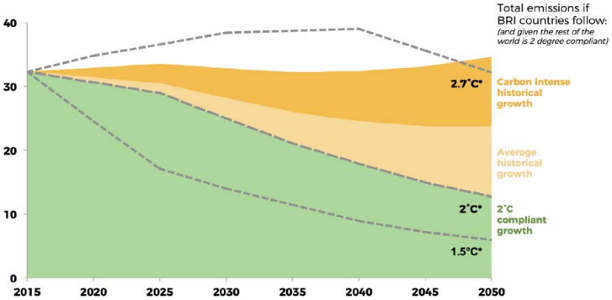
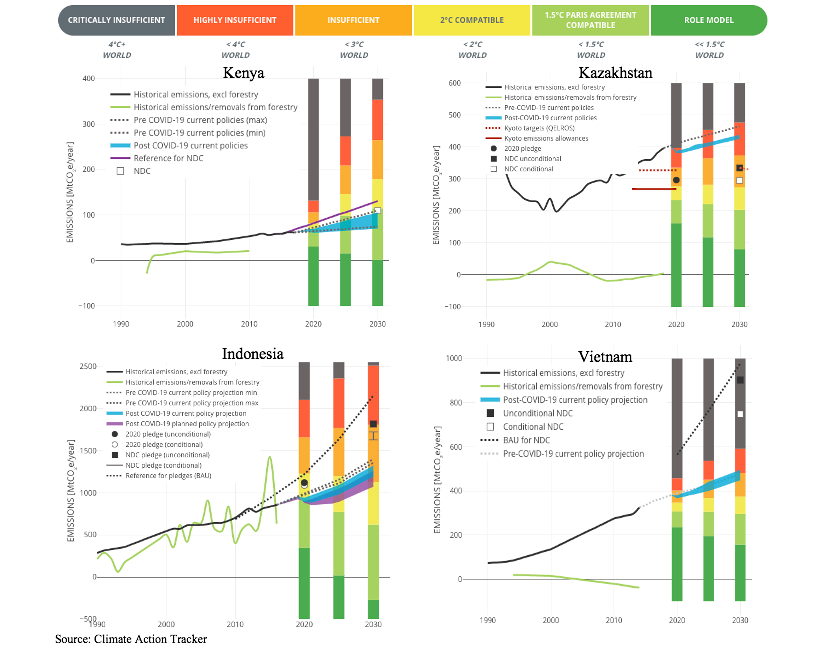
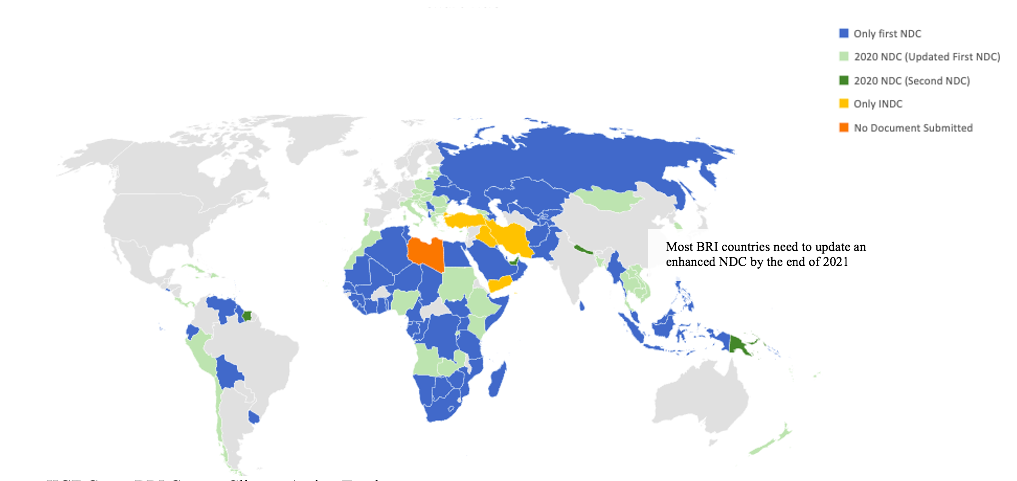
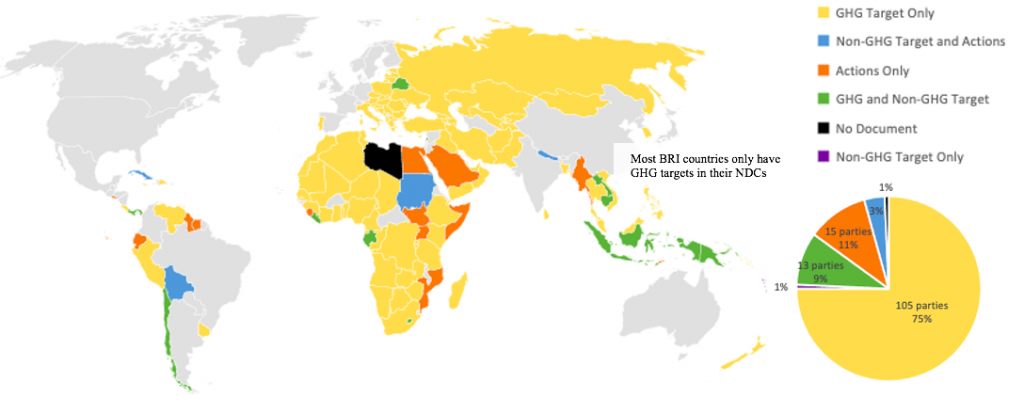
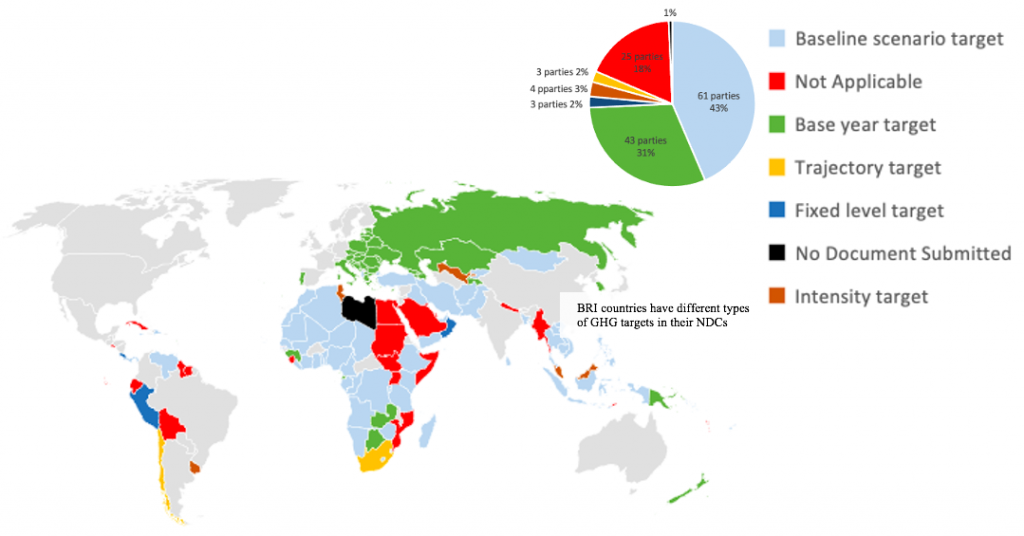
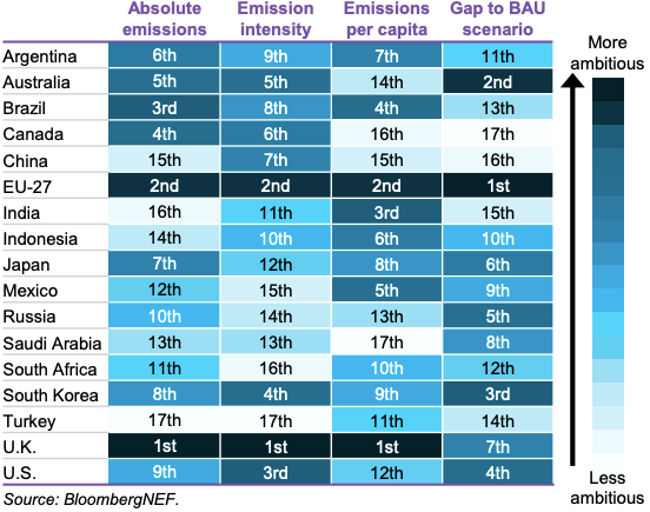
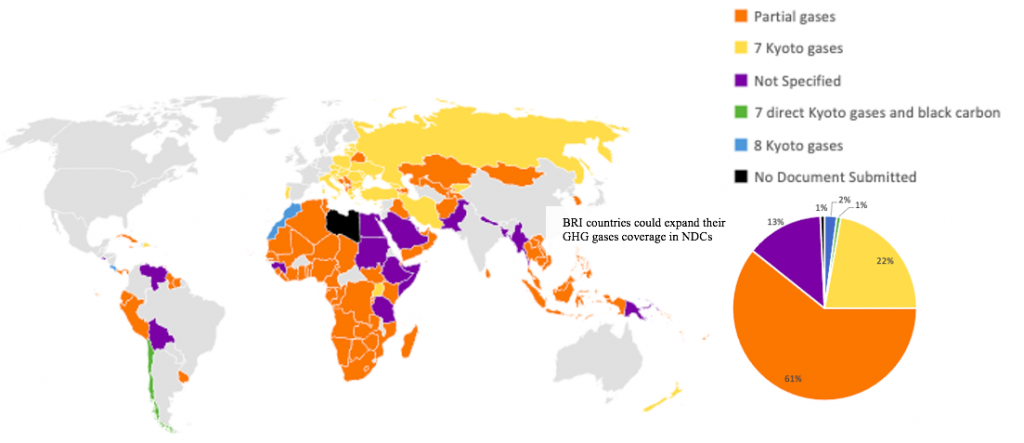
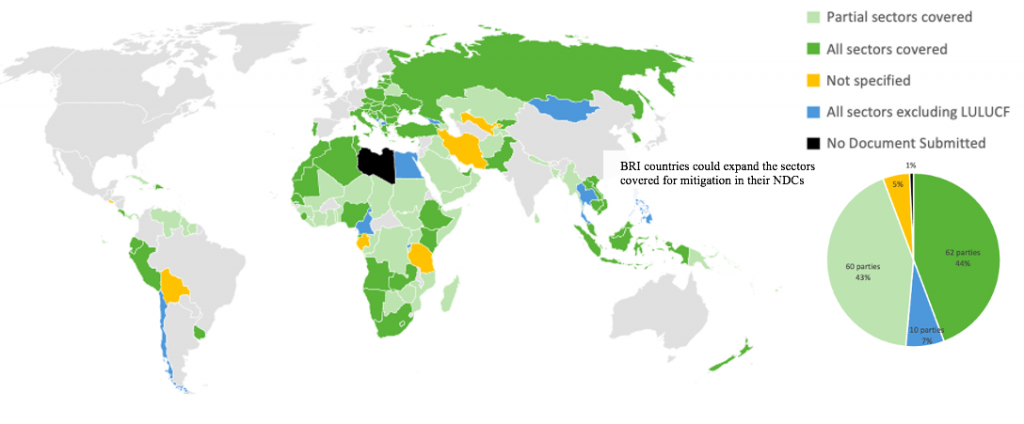
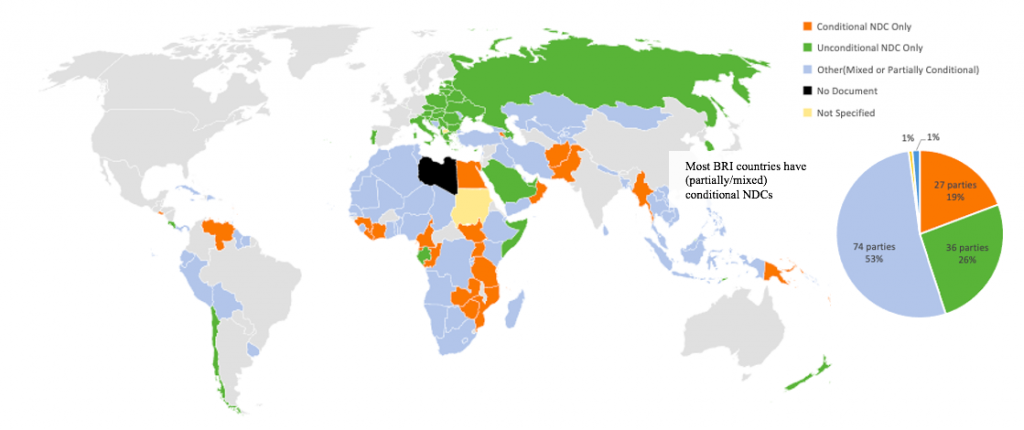
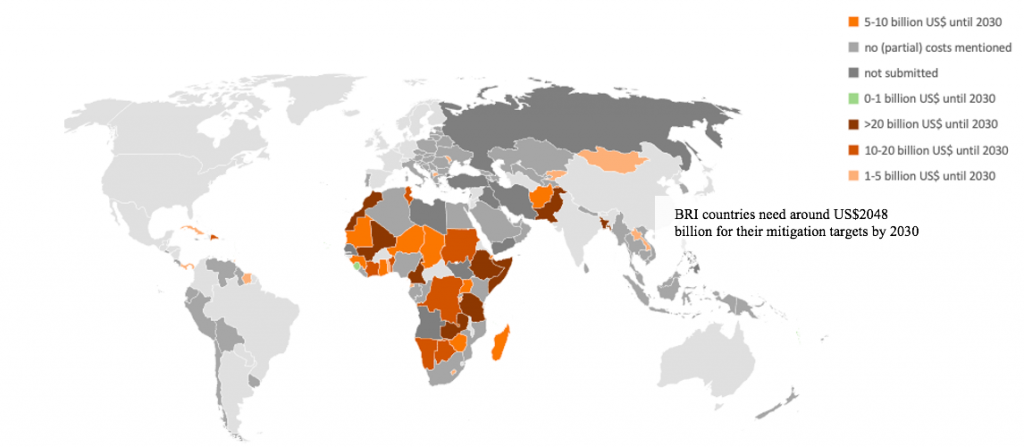



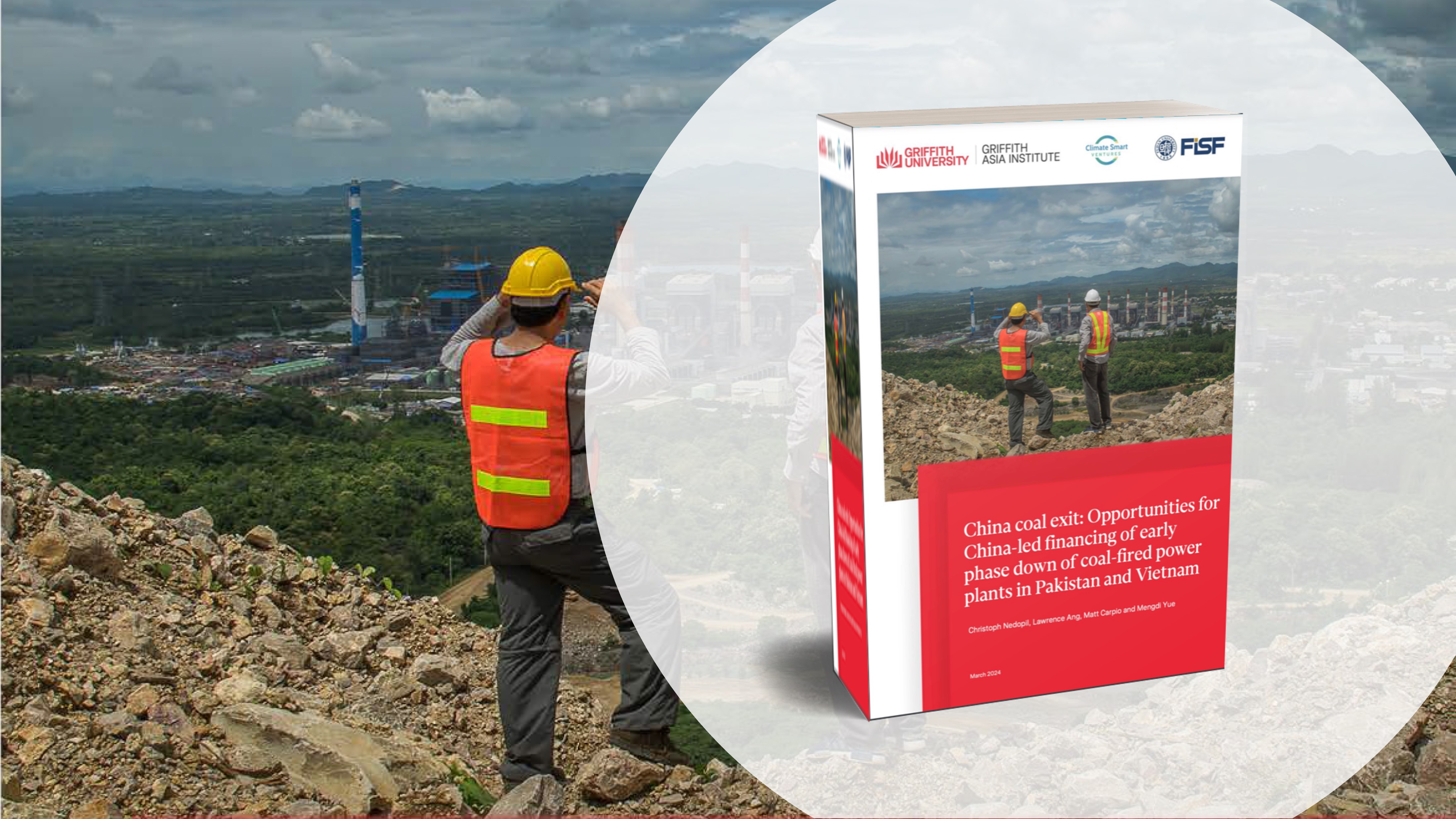
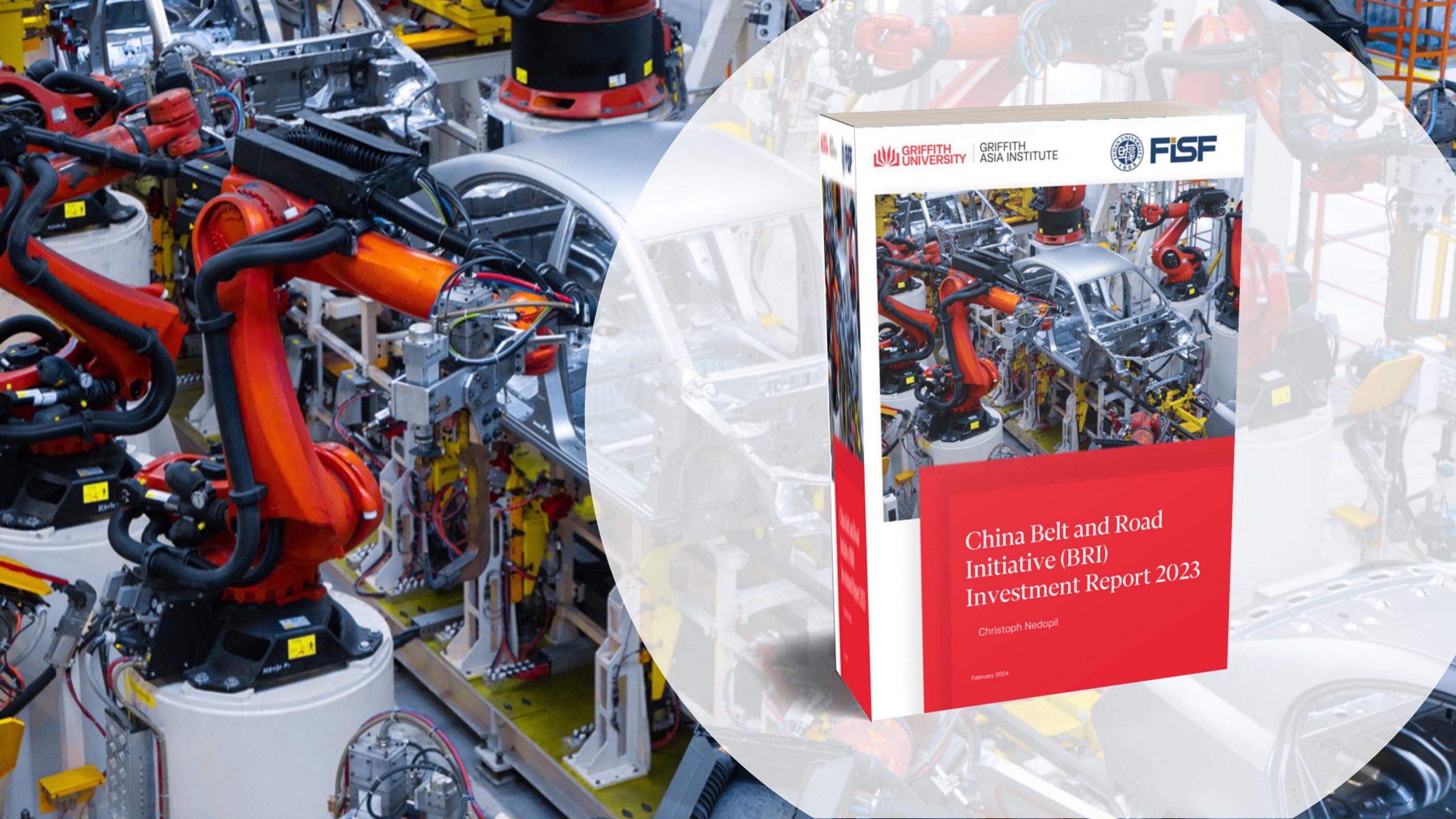
Comments are closed.